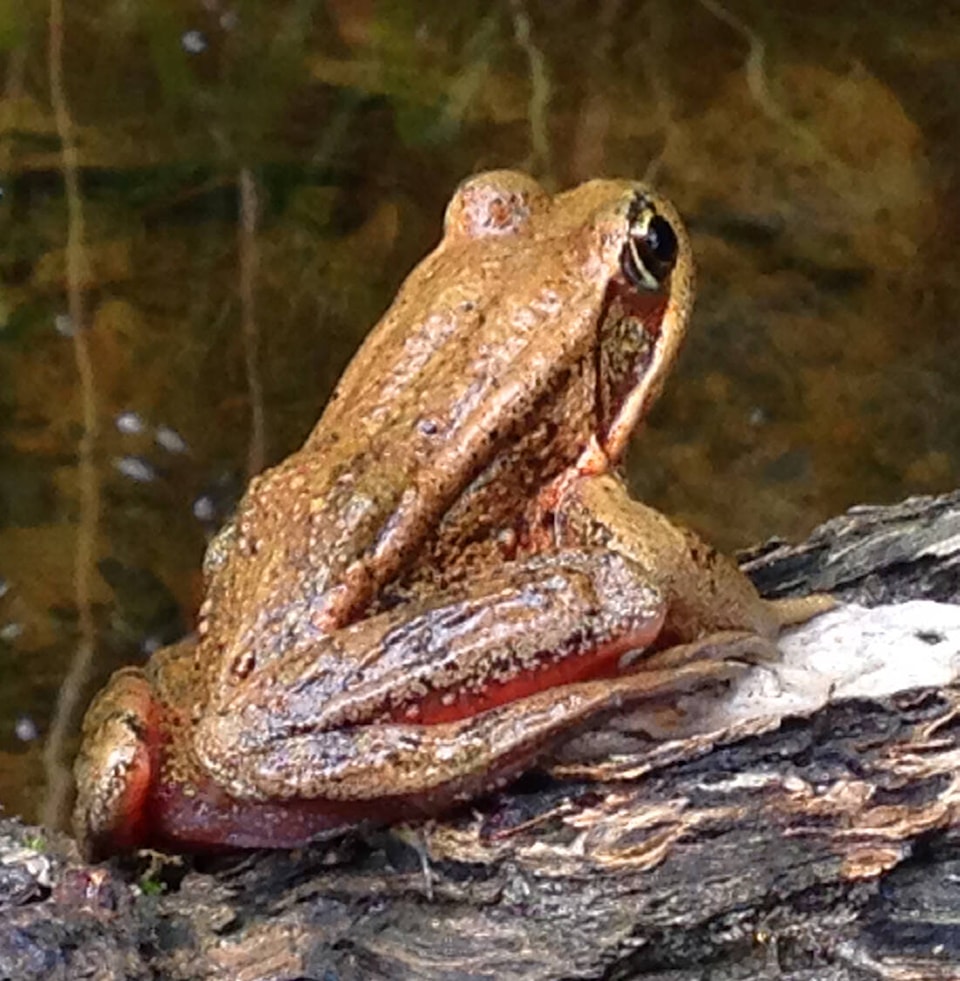A slice of one of B.C.’s rarest climate zones is being protected thanks to a new land deal in the Gulf Islands.
Monday (June 16), the Nature Trust of British Columbia bought 143.5 acres to establish the Saturna Island-Money Creek conservation area, located off Victoria on Saturna, the most southeasterly island in Canada’s portion of the Salish Sea.
The conservation zone will protect endangered species that call the area home, such as the northern red-legged frog and barn swallow. According to a statement released by the Nature Trust, both of these species have been observed around Money Lake.
The Nature Trust — a non-profit that purchases land to conserve at-risk ecosystems — acquired the land from the Money family, which had owned it since 1945. Part of the land was donated to the Nature Trust by the family, and part of it was purchased for an undisclosed price.
This area is important for bio-diversity because it is located in the Coastal Douglas-fir bio geoclimatic subzone, which has a moist and mild climate. This climate subzone is among B.C.’s smallest, covering roughly 0.3% of land in the province, according to UBC’s Center for Forest Conservation Genetics.
Across from the Southern Gulf Islands National Park Reserve, the conservation zone also connects to pre-existing projects to protect nature across Saturna Island. Roadways and other human infrastructure interrupt the connections between many conservation zones in B.C., and this conservation zone will stop fragmentation on this unique island, the Nature Trust said in its statement.
The protected area will be open for people to visit and re-connect with the outdoors.
“This property will add to the already protected land on the island, creating a conservation complex that will not only protect the coniferous forest ecosystems, and at risk species, but will also connect our local communities and British Columbians for generations to come,” Paul Brent a Saturna Island Trustee said.
This latest development brings the Nature Trust’s total amount of conserved land in the province up to 178,000 acres in 50 years.
More information on the conservation zone and the Nature Trust’s work is available .



